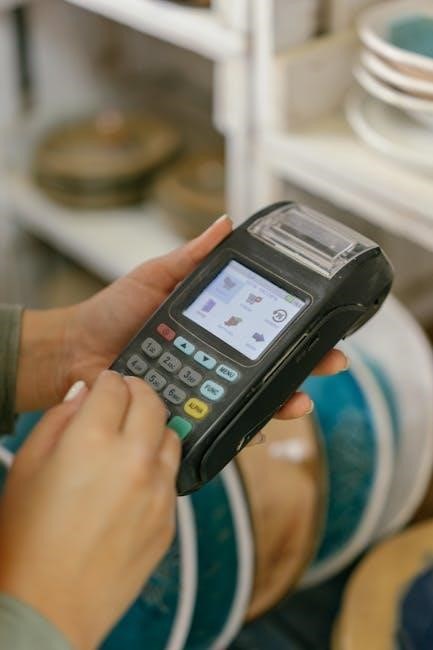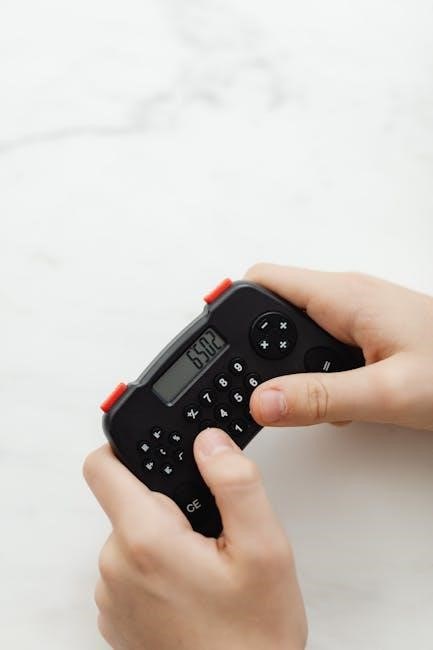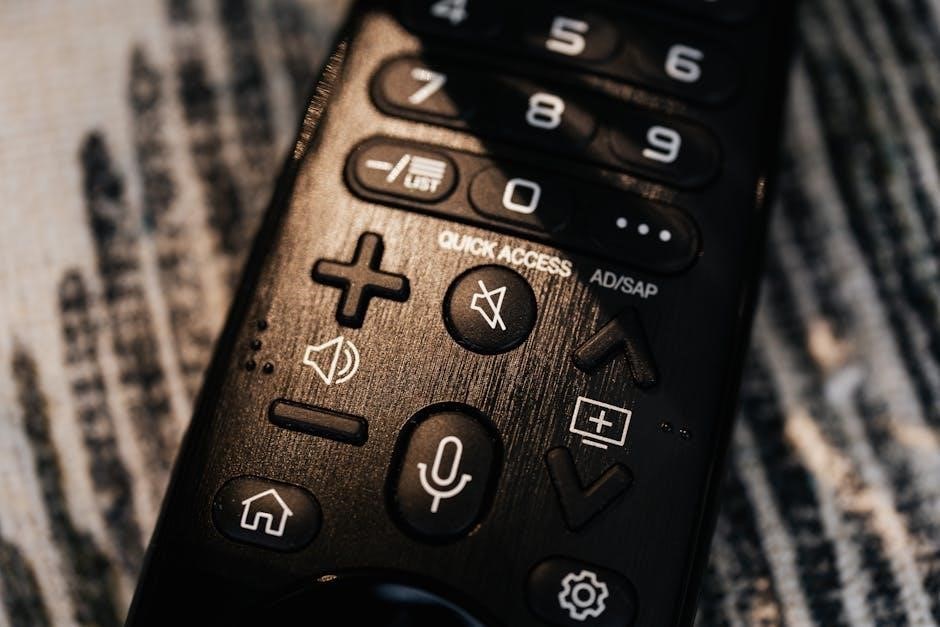The Defiant Electronic Keypad Deadbolt Manual provides guidance on installation and operation, featuring a user-friendly
interface and secure locking mechanism with easy-to-follow instructions always.
Overview of the Defiant Electronic Deadbolt
The Defiant Electronic Deadbolt is a single-cylinder electronic keypad deadbolt that offers a secure and convenient locking solution.
It features a user-friendly interface and a secure locking mechanism, making it an ideal choice for residential and commercial applications.
The deadbolt is designed to provide long-lasting performance and is backed by a limited lifetime mechanical and 1-year electronic warranty.
The Defiant Electronic Deadbolt is easy to install and program, with a simple and intuitive keypad that allows users to enter their access codes.
The deadbolt also features a satin nickel finish, which provides a sleek and modern appearance that complements any door style.
With its advanced electronic features and secure locking mechanism, the Defiant Electronic Deadbolt is a reliable and trustworthy locking solution for any application.
Overall, the Defiant Electronic Deadbolt is a high-quality locking solution that offers a unique combination of security, convenience, and style.

Programming the Defiant Electronic Deadbolt
Programming involves changing codes and settings using the keypad and following specific sequences always correctly.
Changing the Master Code
The process of changing the Master Code on a Defiant Electronic Deadbolt is straightforward and requires accessing the lock’s programming mode. To start, enter the current Master Code, followed by the “#” symbol, and then press the “9” key. Next, enter the new Master Code, and press the “#” symbol again. The lock will confirm the change by flashing the keypad lights or emitting a beep sound. It is essential to choose a new Master Code that is easy to remember but difficult for others to guess. The Master Code should be a combination of numbers that is not easily guessed, such as a sequence of consecutive numbers or a common pattern. By changing the Master Code, users can ensure that only authorized individuals have access to the lock. The new Master Code will be used for all subsequent programming and operation of the lock. The change will take effect immediately, and the lock will be secured with the new code.

Keypad Functions and Buttons
The keypad features numbered buttons and a functional layout for easy operation always.
Understanding the Keypad Layout
The keypad layout is designed to be user-friendly and intuitive, with numbered buttons and a functional layout that makes it easy to operate the deadbolt. The keypad is typically backlit, making it easy to see in low-light conditions. The layout of the keypad is straightforward, with buttons for entering codes, locking and unlocking the door, and accessing other features. Understanding the keypad layout is essential for using the deadbolt safely and effectively. The keypad is usually divided into sections, with separate areas for entering codes, accessing features, and performing other functions. By familiarizing yourself with the keypad layout, you can use the deadbolt with confidence and ensure that your home or business is secure. The keypad layout may vary depending on the specific model of the deadbolt, so it’s essential to consult the manual for specific instructions. Overall, the keypad layout is designed to be easy to use and understand.

Installation and Direction of the Deadbolt
Proper installation requires careful consideration of door direction and lock orientation always ensuring correct functionality and security features are maintained properly every time.
Reversing the Deadbolt Direction
To reverse the deadbolt direction, start by removing the lock from the door, taking care not to damage any of the components. The direction of the deadbolt can be changed by adjusting the latch mechanism, which is usually done by removing a screw or clip that holds it in place. Once the latch mechanism is accessible, it can be reversed by flipping it over or rotating it to the desired position. It is essential to consult the manual or manufacturer’s instructions for specific guidance on reversing the deadbolt direction, as the process may vary depending on the lock model. Additionally, it is crucial to ensure that the lock is properly reassembled and tested after reversing the deadbolt direction to guarantee correct functionality and security. The manufacturer’s website or customer support can also provide helpful resources and guidance on this process. Proper reversal of the deadbolt direction is vital for maintaining the lock’s performance and security features.

Troubleshooting and Maintenance
Maintenance involves checking and replacing batteries, cleaning the keypad, and ensuring proper lock function always with online resources available for troubleshooting common issues quickly and easily every time.
Resolving Common Issues
Resolving common issues with the Defiant Electronic Keypad Deadbolt can be done by referencing the user manual or online resources. The manufacturer’s website often provides troubleshooting guides and FAQs to help resolve issues quickly.
Some common issues include dead batteries, incorrect keypad entries, and lock jamming. To resolve these issues, users can try replacing the batteries, re-entering the correct code, or lubricating the lock mechanism.
Additionally, users can contact the manufacturer’s customer support for further assistance or to request replacement parts. It is also recommended to regularly maintain the lock by cleaning the keypad and checking the battery level to prevent issues from arising.
By following these steps and referencing the available resources, users can easily resolve common issues with their Defiant Electronic Keypad Deadbolt and ensure it continues to function properly. Regular maintenance and troubleshooting can help extend the life of the lock and prevent more serious issues from developing.

